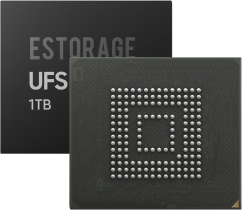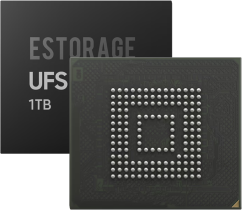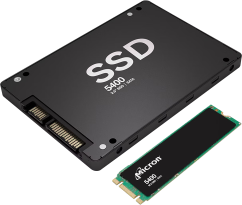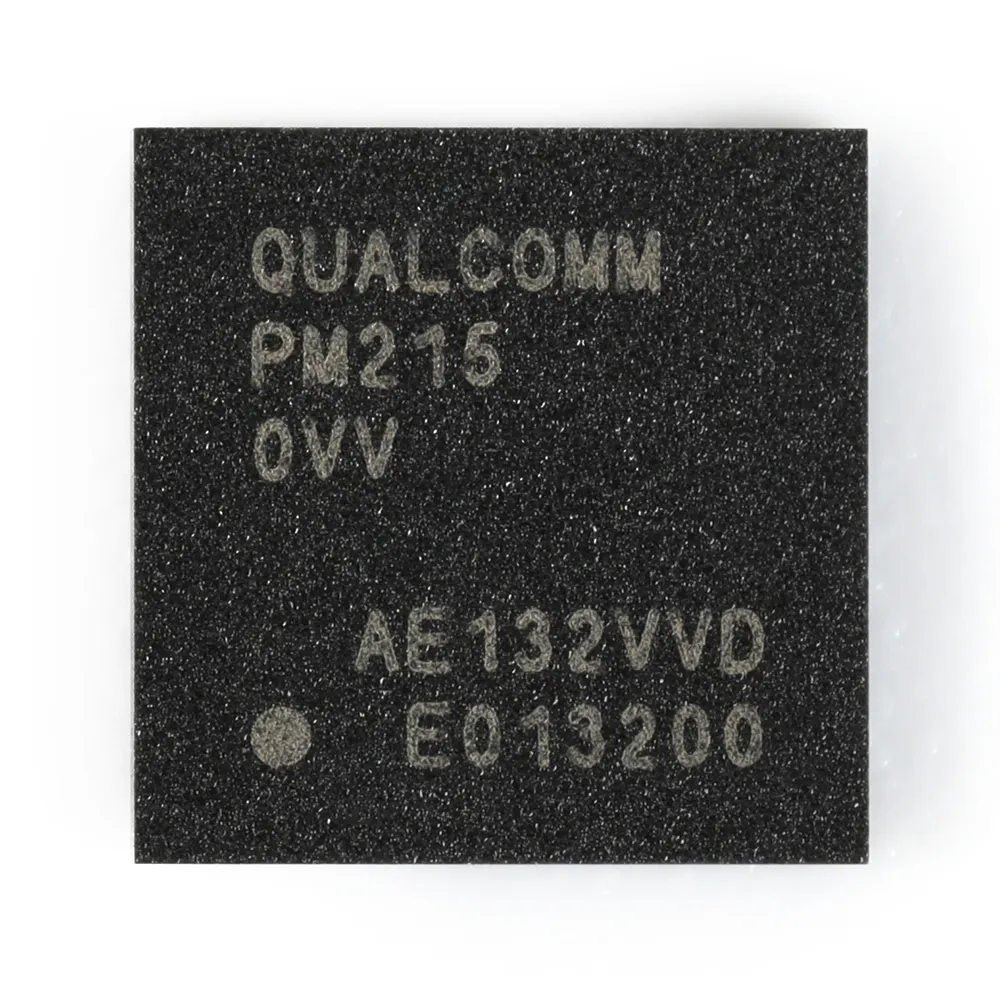Product Description
The Qualcomm PM-215-0-176NSP-TR-00-0 is engineered to meet the demanding power management needs of modern mobile devices. Its architecture is optimized for efficiency, allowing it to minimize power loss during operation. The PMIC integrates several power management functions into a single chip, which reduces the need for multiple discrete components, thereby saving space and simplifying the design process.
The device features advanced control algorithms that enable it to dynamically adjust its output based on the load requirements. This capability is particularly beneficial in mobile applications where power efficiency is critical for extending battery life. The PMIC can seamlessly transition between different power states, ensuring that the device operates efficiently during both active and idle periods.
In addition to its power management capabilities, the PMIC is designed with robust protection features that safeguard the device against common electrical faults. These features are essential for maintaining the integrity of the device and ensuring long-term reliability.
Overall, the Qualcomm PM-215-0-176NSP-TR-00-0 is a versatile and efficient power management solution that is well-suited for a wide range of applications, including smartphones, tablets, and other portable electronic devices. Its combination of high efficiency, compact design, and integrated protection features makes it an ideal choice for manufacturers looking to enhance the performance and reliability of their products.
Specification
Input Voltage Range: The PMIC can operate over a wide input voltage range, typically from 3.0V to 5.5V, accommodating various battery types.
Output Voltage Range: It can provide multiple output voltages, often ranging from 0.8V to 3.3V, depending on the configuration.
Output Current: The device can support output currents of up to several hundred milliamps per channel, suitable for powering various components like processors, memory, and peripherals.
Switching Frequency: The PMIC operates at a high switching frequency, often in the range of hundreds of kHz to several MHz, which helps in reducing the size of external components like inductors and capacitors.
Package Type: It is usually available in a compact package type, such as a QFN (Quad Flat No-lead) or BGA (Ball Grid Array), facilitating easy integration into printed circuit boards (PCBs).
Operating Temperature Range: The PMIC is designed to operate within a specified temperature range, typically from -40°C to +85°C, ensuring reliability in various environmental conditions.






